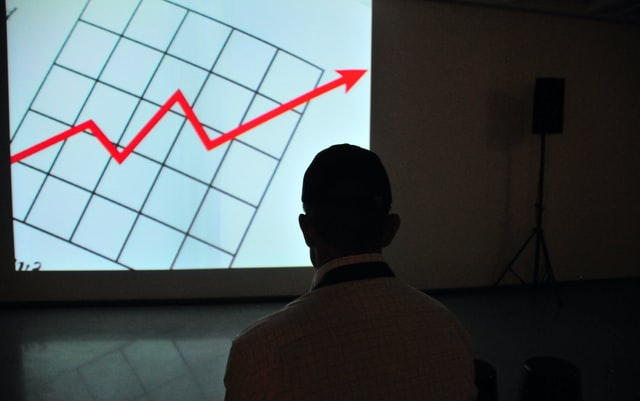You’ve probably heard of a W-shaped recovery, even if you don’t know what it means. This refers to a false start in recovery, whereby the economy is improving in one sector, but doesn’t have the momentum to continue recovering, so it wobbles a bit. This has been what experts believed the current recovery would be like. Now, though, some people are wanting to call the recession and recovery K-shaped. What does this mean? It means that some sectors will recover and retain their momentum, while other sectors haven’t yet left the recession and continue downward. In other words, the recession has very clearly disproportionately affected various groups.
More specifically, this recession has had comparatively little impact on wealthy individuals. People with higher paying jobs are more likely to work in fields that can be done from home, so they haven’t been out of work during the pandemic. People who have the capital to invest in stocks as their primary means of income don’t have to worry so much about the pandemic, since stocks can’t get sick. They’ve actually been on an upward trend since before the lockdowns even began. Even those higher-income workers who did experience losses won’t have as much necessary expenditure proportional to income as those living paycheck to paycheck. This means that the recession has significantly widened the already large income inequality gap.
Photo by Volodymyr Hryshchenko on Unsplash
More: https://journal.firsttuesday.us/2020-recession-stretches-income-inequality/74733/



